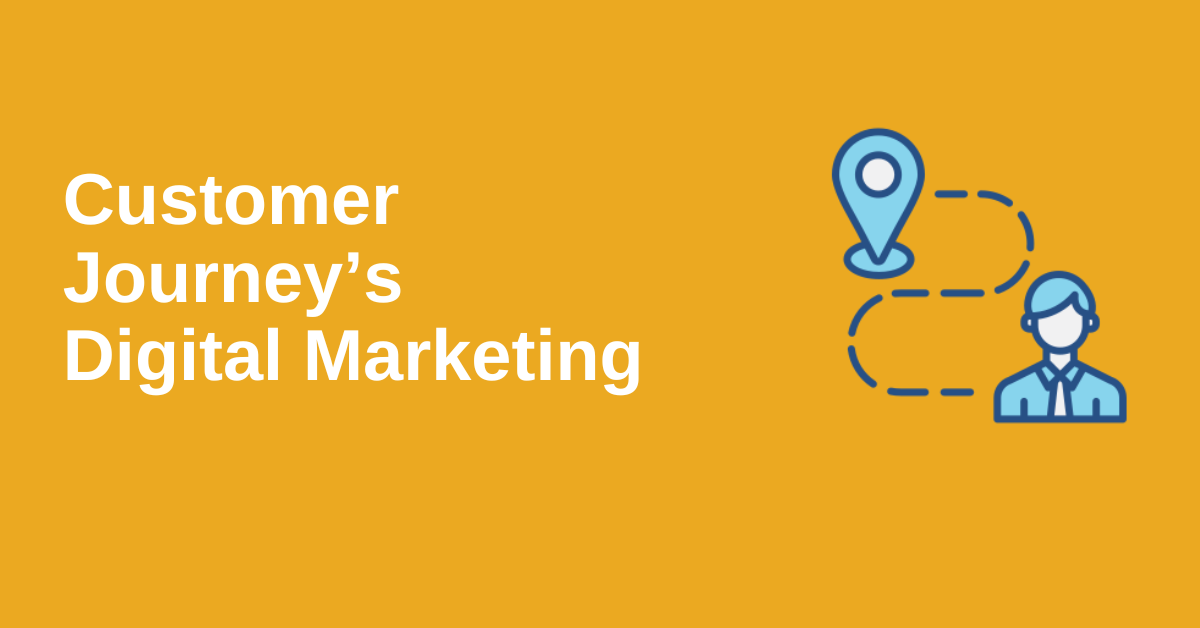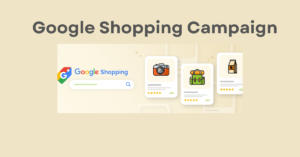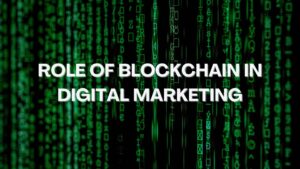In digital marketing, understanding the customer journey is essential for creating effective strategies that guide potential customers from awareness to purchase. The customer journey refers to the process a person goes through from discovering your brand to becoming a loyal customer. By mapping out this journey, businesses can better understand the needs, challenges, and motivations of their customers at each stage.
This blog will break down the key stages of the customer journey and explain how businesses can optimize their digital marketing efforts to engage customers at every step.
1. Awareness Stage:
The first stage of the customer journey is awareness. At this stage, potential customers become aware of your brand, product, or service. They might not have heard of you before, but something—an ad, blog post, social media post, or word of mouth—catches their attention.
In the digital world, your goal at this stage is to increase visibility and build brand awareness. You want to attract as many people as possible to your website or social media platforms and make them aware of what you offer.
Digital Marketing Strategies for the Awareness Stage:
Search Engine Optimization (SEO): Optimize your website and content to appear in search engine results when potential customers search for keywords related to your business.
Social Media Marketing: Share engaging content on platforms like Facebook, Instagram, and Twitter to reach a wider audience.
Paid Advertising: Use pay-per-click (PPC) ads or display ads to target users who may be interested in your products or services.
2. Consideration Stage:
In the consideration stage, potential customers are aware of your brand and are actively researching products or services. They may compare different options, read reviews, and seek more information about what you offer.
Your goal here is to provide valuable content and build trust with your audience. Customers want to know why they should choose your brand over competitors. This is the time to highlight your product’s unique features and benefits, as well as address any concerns or questions they may have.
Digital Marketing Strategies for the Consideration Stage:
Content Marketing: Write blogs, create videos, or share infographics that educate potential customers about your products. Offer how-to guides, comparisons, or case studies that show the value of your product.
Email Marketing: Nurture leads with personalized email campaigns that provide useful information or special offers to keep your brand top-of-mind.
3. Decision Stage:
In the decision stage, potential customers are ready to make a purchase. They’ve gathered information, weighed their options, and are now deciding whether to choose your product or service. This is the most critical stage, where you need to give them the final push to convert. Your goal at this stage is to make it as easy and appealing as possible for customers to complete their purchase. Highlight the value and benefits of your product, offer incentives, and ensure the buying process is smooth and hassle-free.
Digital Marketing Strategies for the Decision Stage:
Remarketing Ads: Use remarketing ads to remind potential customers who visited your site but didn’t make a purchase. These ads can offer discounts or special promotions to encourage them to complete their purchase.
Special Offers and Discounts: Provide limited-time discounts, free trials, or bundles to incentivize customers to choose your product now.
Clear Call-to-Action (CTA): Make sure your CTA on landing pages and product pages is clear and direct. Use phrases like “Buy Now” or “Start Free Trial” to encourage immediate action.
4. Post-Purchase Stage:
The journey doesn’t end once a customer makes a purchase. The post-purchase stage is just as important as the earlier stages. This is where you can turn one-time buyers into loyal customers who return and recommend your brand to others.
Your goal here is to continue building a relationship with the customer. Provide excellent customer service, offer after-purchase support, and keep engaging with them to encourage repeat purchases and long-term loyalty.
Digital Marketing Strategies for the Post-Purchase Stage:
Follow-Up Emails: Send thank-you emails and ask for feedback or reviews. Provide helpful resources, such as user guides or tips on using the product, to enhance the customer experience.
Loyalty Programs: Offer discounts or rewards for repeat customers. Loyalty programs incentivize customers to continue choosing your brand.
Social Media Engagement: Encourage customers to share their experiences on social media and engage with your brand by leaving reviews or participating in discussions.
5. Loyalty and Advocacy Stage:
The final stage of the customer journey is loyalty and advocacy. Loyal customers not only make repeat purchases, but they also become advocates for your brand by recommending your products to friends, family, or even on social media. They help expand your reach through word-of-mouth marketing, which is one of the most powerful forms of advertising. Your goal at this stage is to turn satisfied customers into brand advocates by offering exceptional experiences and engaging with them regularly.
Digital Marketing Strategies for the Loyalty and Advocacy Stage:
Referral Programs: Encourage customers to refer others by offering them rewards or discounts for every new customer they bring in.
Engagement on Social Media: Engage with loyal customers by sharing their posts, replying to comments, and showing appreciation for their support.
Exclusive Offers for Loyal Customers: Provide loyal customers with exclusive deals, early access to new products, or special offers to make them feel valued.
Conclusion:
Understanding the customer journey is vital for creating a successful digital marketing strategy. By recognizing the different stages—awareness, consideration, decision, post-purchase, and loyalty—businesses can deliver targeted messages and experiences that guide customers from one step to the next. Focusing on the customer’s needs at each stage will help improve engagement, conversions, and long-term loyalty, ultimately leading to business growth and success.




